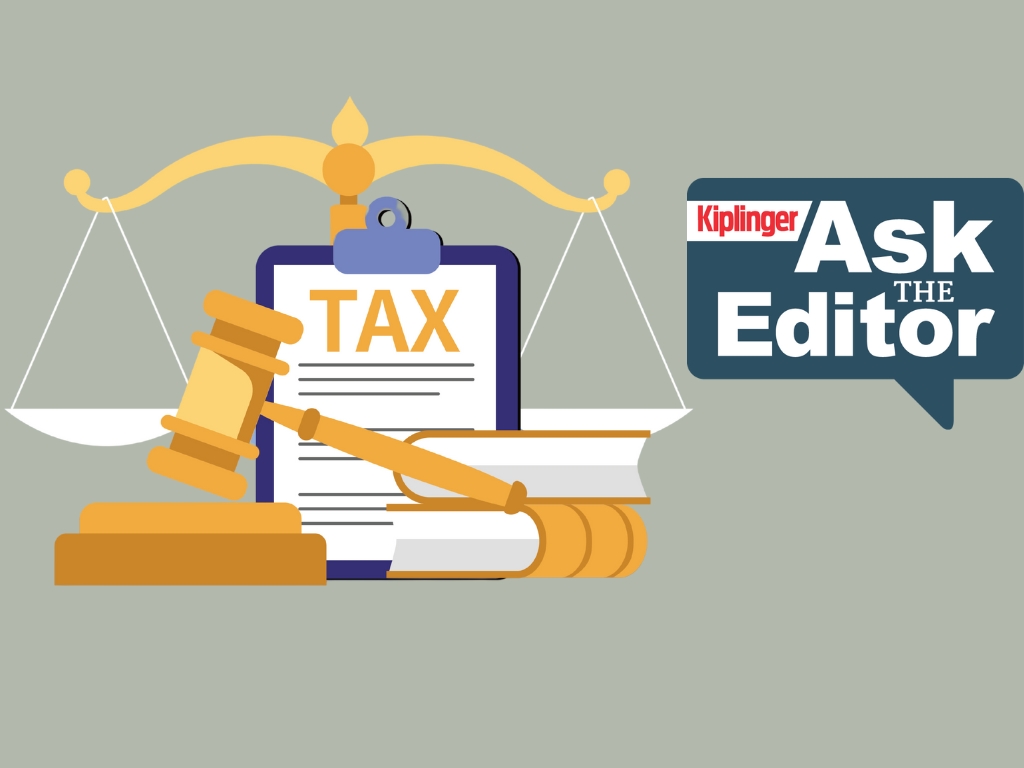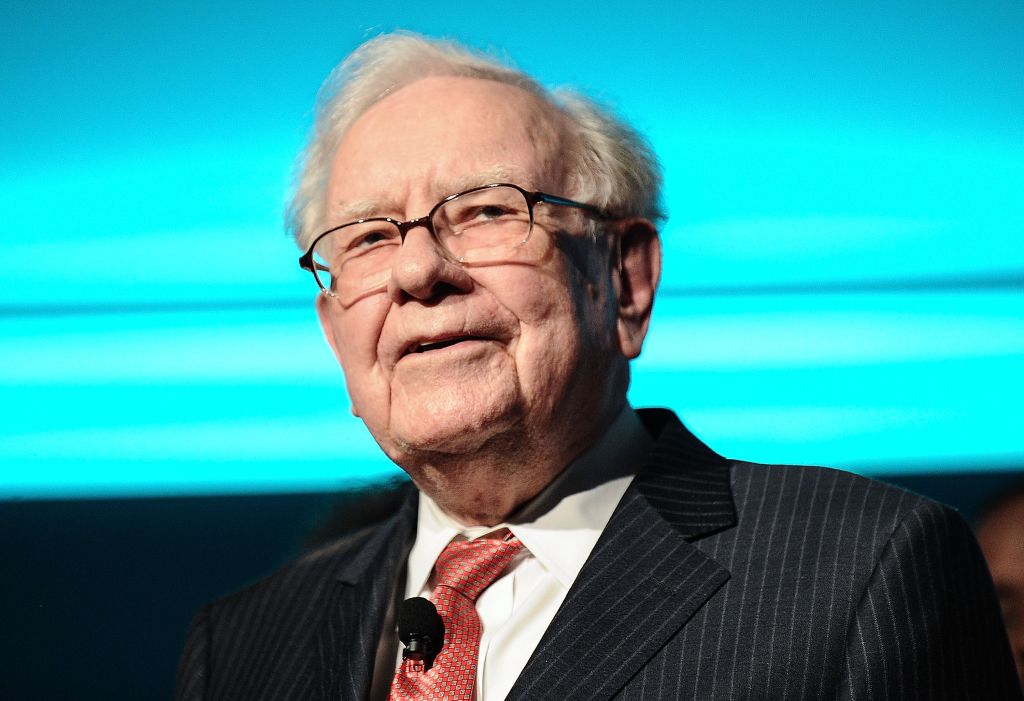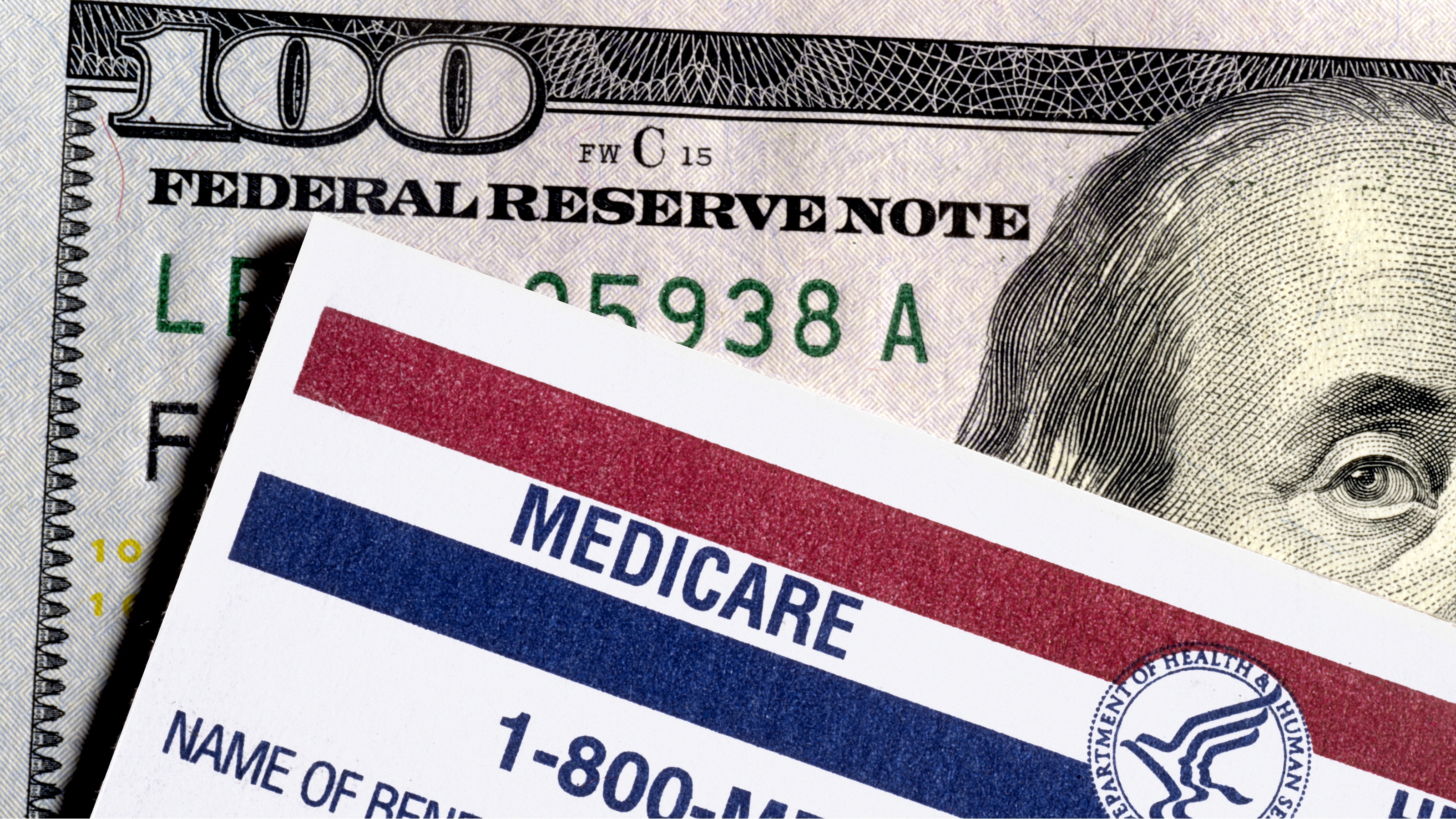The Best Health Care Stocks to Buy
The best health care stocks offer investors a defensive hedge in an uncertain market. Here's how to find them.


The health care sector has long been considered a defensive sector, alongside utilities and consumer staples. But honestly, that designation might do health care stocks a disservice.
Yes, pharmaceuticals, health care devices and medical coverage are among the last expenditures you'd cut if money were tight, and that fact gives the sector its defensive quality.
But health care is also a hotbed of innovation and sudden surges in revenue potential, as drugmakers and med-tech companies innovate new treatments and technologies, sometimes addressing brand-new markets.

Sign up for Kiplinger’s Free E-Newsletters
Profit and prosper with the best of expert advice on investing, taxes, retirement, personal finance and more - straight to your e-mail.
Profit and prosper with the best of expert advice - straight to your e-mail.
Put differently: Maybe it's time to start considering health care a "two-way player," a la Deion Sanders or Travis Hunter.
Today, we're going to examine health care stocks, including explaining why you'd want to invest in them and how you can find the best ones to buy.
Company (ticker) | Long-term EPS growth rate | Forward P/E ratio | Number of covering analysts | Analysts' consensus recommendation | Dividend yield |
Select Medical Holdings (SEM) | 8.5% | 15.0 | 7 | 1.50 | 1.5% |
Cigna Group (CI) | 10.4 | 11.3 | 29 | 1.76 | 1.8 |
Becton, Dickinson (BDX) | 9.9 | 14.1 | 22 | 1.77 | 2.0 |
Gilead Sciences (GILD) | 24.2 | 13.3 | 34 | 1.87 | 3.0 |
CVS Health (CVS) | 14.7 | 11.2 | 34 | 1.89 | 4.0 |
AbbVie (ABBV) | 13.7 | 14.8 | 35 | 1.96 | 3.6 |
Merck (MRK) | 12.8 | 8.9 | 32 | 2.00 | 4.1 |
Johnson & Johnson (JNJ) | 8.1 | 14.7 | 35 | 2.17 | 3.4 |
CONMED (CNMD) | 8.2 | 11.8 | 9 | 2.43 | 1.6 |
Company (ticker) | Long-term EPS growth rate | Forward P/E ratio | Number of covering analysts | Analysts' consensus recommendation |
Catalyst Pharmaceuticals (CPRX) | 9.6% | 16.3 | 9 | 1.13 |
Labcorp Holdings (LH) | 9.6 | 14.2 | 23 | 1.50 |
Select Medical Holdings (SEM) | 8.5 | 15.0 | 7 | 1.50 |
Addus HomeCare (ADUS) | 11.5 | 16.5 | 14 | 1.55 |
Neurocrine Biosciences (NBIX) | 17.2 | 17.4 | 28 | 1.56 |
Jazz Pharmaceuticals (JAZZ) | 11.2 | 4.7 | 22 | 1.58 |
Sarepta Therapeutics (SRPT) | 70.3 | 9.7 | 26 | 1.60 |
Tenet Healthcare (THC) | 10.5 | 10.2 | 25 | 1.64 |
BioMarin Pharmaceutical (BMRN) | 18.3 | 14.6 | 32 | 1.66 |
Harmony Biosciences (HRMY) | 17.6 | 9.4 | 10 | 1.67 |
What are health care stocks?
The health care sector might seem pretty narrow and specific at first glance, but in a way, it's actually one of the market's most inclusive sectors.
Before I explain, let's look at the textbook definition provided by the Global Industry Classification Standard (GICS) – a framework used by major index providers to help classify public companies:
"The Health Care Sector includes health care providers & services, companies that manufacture and distribute health care equipment & supplies, and health care technology companies. It also includes companies involved in the research, development, production and marketing of pharmaceuticals and biotechnology products."
Really think about what all that encompasses.
First, you have pharmaceuticals and biotechnology products – drugs, in other words. That business is as distinctly "health care" as it gets. The same goes for health care providers, such as hospitals, labs and medical offices.
But then you have health care equipment and supplies, which are much closer to the manufacturers you'd find among industrial stocks, it's just that they focus on health care goods.
You also have health care technology companies, which bleeds into the tech sector. And while most types of insurance companies belong to financial stocks, health insurers are still classified as health care.
In short, while all health care companies have a common bond, the sectors' businesses are actually quite diverse.
Why do investors buy health care stocks?
As mentioned above, health care stocks are generally considered to be a safety play.
The reasoning is simple: If the economy goes to pot, a lot of people will lose their jobs. Those people will have limited means and only be able to spend on certain things. Nikes and concert tickets probably go out the door to prioritize the electric bill, groceries and prescriptions.
It's an oversimplification, of course – one that leaves out the harsh reality that many people also lose their health insurance, will put off certain types of medical care, and sometimes cut back on all but the most essential prescriptions.
Still, while health care isn't recession-proof, it historically has been recession-resistant, and given the multitude of predictions that the U.S. will either fall into a recession or come close, that's still a helpful trait to have.
The health care sector has outperformed during the dot-com bubble bust, the Great Financial Crisis, 2011's sharp summer drop, 2018's near-bear, the 2020 COVID plunge and the 2022 bear market.
And at least since the February 19 market top, health care has been stronger than the broader market in 2025's current downturn.
Interestingly, though, this outperformance comes amid an extremely weak few months for health care, prompted by uncertainty amid expected (and implemented) policy changes by the new presidential administration.
As a result, health care remains one of the market's cheapest sectors despite its recent relative strength.
So, we have safety and, at least for now, value.
However, investors shouldn't overlook health care's downright persistent spending growth.
According to National Health Expenditure (NHE) data compiled by the Peterson Center on Healthcare and KFF, a pair of health care-focused nonprofits, U.S. health care spending per capita has led the average annual growth rate of GDP per capita for five decades.
Perhaps counterintuitively, that trend flipped across 2020 and 2023 … but that could just be temporary. U.S. health spending in 2023 was actually up by 7.5% in 2023.
Per the American Medical Association, "This growth rate is significantly higher than the 4.6% rise in 2022, and apart from the 10.4% rise in 2020 due to the COVID-19 pandemic, it is the highest growth rate observed since 2003 (8.5%)."
A great deal of this growth is fueled by pharmaceutical and biotechnological innovation.
"Last year, the FDA approved 60 novel drugs, following a record 72 approvals in 2023," say Andy Acker and Daniel Lyons, portfolio managers at Janus Henderson Investors.
"Some products are setting new standards in patient care, including the first-ever treatment for fatty liver disease (or MASH, the leading cause of liver transplant) and a hormonal replacement drug for hypoparathyroidism, a rare endocrine disorder with limited treatment options," they add.
How to find the best health care stocks to buy
The duality of health care stocks makes it really difficult for us to predict what you might want out of the sector.
Some investors prefer its defensive qualities – which in many cases includes above-average dividend yields, especially out of established pharmaceutical names.
But other investors love the potential growth offered by biotech and medical-technology names.
As a result, we've actually produced two separate lists based on two very similar screens. Both are basic quality screens that include some minimum thresholds for growth stocks and value stocks, but one of them also includes a baseline amount of income.
So, to get to these lists of the best stocks to buy in the health care sector, we've looked for firms that …
Are within the S&P 1500: The S&P 1500 is made up of the S&P 500 (large caps), S&P MidCap 400 (mid-caps) and S&P SmallCap 600 (small caps). That means we're looking for stocks of all sizes.
Are expected to grow earnings by at least 8% annually over the long term: We're not requiring breakneck earnings growth to be included on this list of health care stocks, but we are looking for at least high-single-digit improvement. (If you want much more aggressive picks, you'd want to screen for a higher projected earnings rate.)
Are cheaper than the market: The S&P 500 currently trades at 19 times next year's earnings estimates. All the stocks on this list have a forward P/E of less than 18.
Have at least seven covering analysts: We'd like to look at stocks that are on Wall Street analysts' radar, which makes it likelier that there's both more reporting and more insights on these companies. The more research we have at our disposal, the more educated a decision we can make.
Have a consensus Buy rating: All of the stocks must have an average broker recommendation of 2.5 or less within S&P Global Market Intelligence's ratings scale.
S&P Global Market Intelligence converts analysts' ratings into a numerical scale. Anything with a score of 2.5 or less is considered a Buy. Every stock that made the list has a score of 2.5 or less, though most of them have much lower scores than that, meaning they're higher-conviction consensus Buys.
DIVIDEND LIST ONLY: Have a dividend of at least 1.5%: The dividend list requires a yield of at least 1.5%, which is a bit more than what the S&P 500 yields right now. However, as you'll see, the majority of the stocks that make the final cut have significantly higher yields of around 3% or more.
Related content
Profit and prosper with the best of Kiplinger's advice on investing, taxes, retirement, personal finance and much more. Delivered daily. Enter your email in the box and click Sign Me Up.
Kyle Woodley is the Editor-in-Chief of WealthUp, a site dedicated to improving the personal finances and financial literacy of people of all ages. He also writes the weekly The Weekend Tea newsletter, which covers both news and analysis about spending, saving, investing, the economy and more.
Kyle was previously the Senior Investing Editor for Kiplinger.com, and the Managing Editor for InvestorPlace.com before that. His work has appeared in several outlets, including Yahoo! Finance, MSN Money, Barchart, The Globe & Mail and the Nasdaq. He also has appeared as a guest on Fox Business Network and Money Radio, among other shows and podcasts, and he has been quoted in several outlets, including MarketWatch, Vice and Univision. He is a proud graduate of The Ohio State University, where he earned a BA in journalism.
You can check out his thoughts on the markets (and more) at @KyleWoodley.
-
 Ask the Editor — Tax Questions on the New Senior Deduction
Ask the Editor — Tax Questions on the New Senior DeductionAsk the Editor In this week's Ask the Editor Q&A, we answer tax questions from readers on the new $6,000 deduction for taxpayers 65 and older.
-
 These Summer 2025 Back-to-School Tax-Free Weekends Are Starting Now
These Summer 2025 Back-to-School Tax-Free Weekends Are Starting NowSales Tax Over a dozen states offer back-to-school shoppers a sales tax holiday this summer.
-
 Do You Need Flood Insurance? I'm an Insurance Expert, and Here's Where You Can Get It
Do You Need Flood Insurance? I'm an Insurance Expert, and Here's Where You Can Get ItStandard homeowners insurance does not cover flood damage, so you might need separate flood insurance, which you can get either through FEMA or private companies. Here are the details.
-
 I'm an Investment Professional: These Are the Three Money Tips I'm Giving My College Grad
I'm an Investment Professional: These Are the Three Money Tips I'm Giving My College GradCollege grads can help set themselves up for financial independence by focusing on emergency savings, opting into a 401(k) at work (if it's offered) and disciplined, long-term investing.
-
 Stock Market Today: S&P 500, Nasdaq Hit New Highs on Retail Sales Revival
Stock Market Today: S&P 500, Nasdaq Hit New Highs on Retail Sales RevivalStrong consumer spending and solid earnings for AI chipmaker Taiwan Semiconductor Manufacturing boosted the broad market.
-
 If You'd Put $1,000 Into Berkshire Hathaway Stock 20 Years Ago, Here's What You'd Have Today
If You'd Put $1,000 Into Berkshire Hathaway Stock 20 Years Ago, Here's What You'd Have TodayBerkshire Hathaway is a long-time market beater, but the easy money in BRK.B has already been made.
-
 New SALT Cap Deduction: Unlock Massive Tax Savings with Non-Grantor Trusts
New SALT Cap Deduction: Unlock Massive Tax Savings with Non-Grantor TrustsThe One Big Beautiful Bill Act's increase of the state and local tax (SALT) deduction cap creates an opportunity to use multiple non-grantor trusts to maximize deductions and enhance estate planning.
-
 Know Your ABDs? A Beginner's Guide to Medicare Basics
Know Your ABDs? A Beginner's Guide to Medicare BasicsMedicare is an alphabet soup — and the rules can be just as confusing as the terminology. Conquer the system with this beginner's guide to Parts A, B and D.
-
 I'm an Investment Adviser: Why Playing Defense Can Win the Investing Game
I'm an Investment Adviser: Why Playing Defense Can Win the Investing GameChasing large returns through gold and other alternative investments might be thrilling, but playing defensive 'small ball' with your investments can be a winning formula.
-
 Stock Market Today: Powell Rumors Spark Volatile Day for Stocks
Stock Market Today: Powell Rumors Spark Volatile Day for StocksStocks sold off sharply intraday after multiple reports suggested President Trump is considering firing Fed Chair Jerome Powell.
